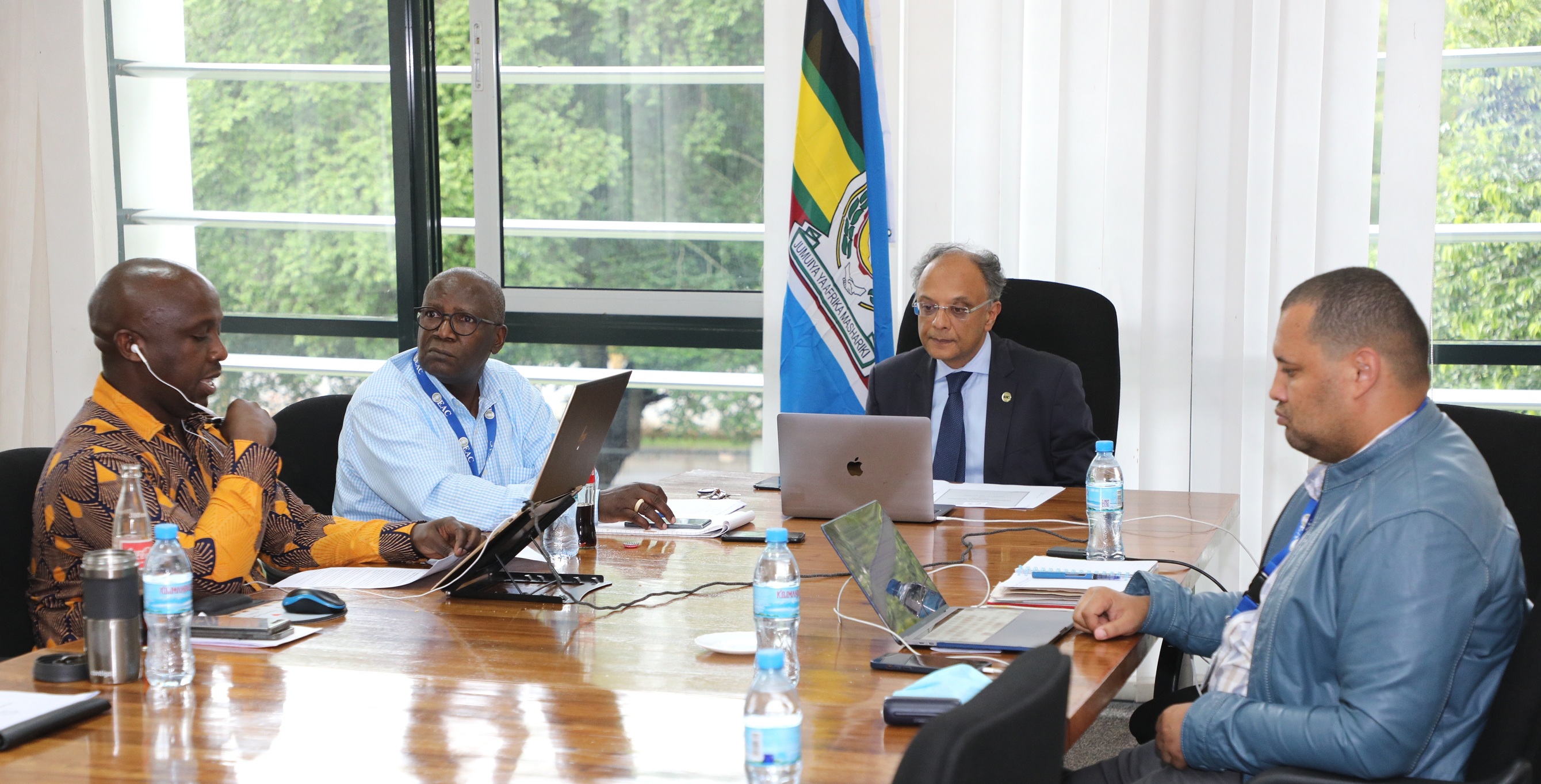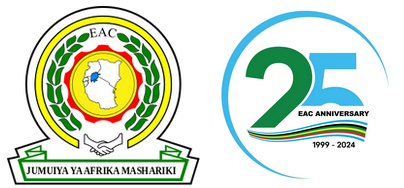
EAC Partner States meet minimum requirements for Category A Trading under AfCFTA
East African Community Headquarters, Arusha, Tanzania, 19th February, 2022: East African Community Partner States have adopted the EAC Tariff Offer for Category A products amounting to 90.2 per cent (5,129 tariff lines out of the total 5,688 lines) to be liberalised in 10 years after the start of trading under the African Continental Free Trade Area (AfCFTA).
The EAC is now among the State Parties that have met the minimum requirements for Category A to start trading on a provisional basis under AfCFTA. The EAC is negotiating the AfCFTA as a bloc.
An EAC Extra-Ordinary Meeting of the Sectoral Council on Trade, Industry, Finance and Investment (SCTIFI) held on Friday further directed the EAC Secretariat to submit the EAC Tariff Offer for Category A to the AfCFTA as soon as possible.
The Extra-Ordinary SCTIFI also directed the EAC Secretariat to convene an Experts meeting by 15th April, 2022 to consider categories B and C of the EAC Tariff Offer.
The EAC Partner States tariff offers will now be subjected to verification by the AfCFTA Secretariat, which is based in Accra, Ghana.
The AfCFTA has so far verified 29 tariff offers to ensure that they meet the modalities and this will increase to 34 once the EAC Partner States offers are verified.
Verification of the tariff offers will ensure that AfCFTA Member States that meet the minimum requirements start trading under the Continental Free Trade Area Agreement.
Speaking at a media briefing, Kenya’s PS for EAC, Dr. Kevit Desai who also chaired the Extra-Ordinary SCTIFI meeting, said that AfCFTA would give Partner States access to an extended market of more than 900 million people.
Dr. Desai said that the Community would also benefit from increased opportunities for trade, employment creation, industrialisation and economic prosperity.
“The expanded opportunities include manufactured products, value addition, regional value chains, agro-processing, motor vehicle assembly, pharmaceuticals, auto spares industries and mineral processing among other areas,” said Dr. Desai.
On the determination of the maximum rate for the Common External Tariff (CET), the SCTIFI directed Partner States to consult on the analysis undertaken by the Secretariat on the proposed maximum CET rates and submit comments on the analysis and the proposed maximum CET rates of 30%, 33% and 35% to the Secretariat by 15th March, 2022.
The Ministers directed the Secretariat to convene an Extra-Ordinary SCTIFI meeting on 18th March, 2022 to deliberate on the maximum CET rate.
Dr. Desai told the media that it had been agreed that Partner States consult key stakeholders on the proposed maximum CET rates and submit comments to the Secretariat by 15th March, 2022.
The EAC Secretariat made a presentation to the SCTIFI on the analysis it had undertaken on the proposed rates of 30%, 33% and 35% for products classified under the 4th band.
The Secretariat said that indicators of measure of benefit for products identified to be covered in the maximum tariff band are positive except for welfare loss, which is transitory.
The proposed various maximum CET rates will have diverse macroeconomic impacts. On the implications for revenue, the average potential short-term impact on EAC Partner States total tax revenues increases by 3.9 % (scenario 1 – 30%), 4.9% `(scenario 2 – 33%) and 5.5% (scenario 3 – 35%).
On employment, employment generation increases marginally with 0.02 % (5,055 persons) under the maximum rate of 30%; 0.03% (6,089 persons) with a maximum rate of 33% applied; and 0.03% (6,781 persons) increase in average EAC formal employment under the maximum rate of 35%.
On the implications for trade, potential trade diversion into the EAC (intra-EAC trade) increases by $13.03 million under the 30% maximum rate, $16.51 million with a maximum rate of 33% and 18.9 with the highest rate of 35%.
On industrial development, industrial production increases under each of the proposed maximum CET rates of 30%, 33% and 35%, with the highest rate of 35% conferring the greatest gains in industrial output. There is a 0.02% ($7.7 million) increase in industrial output with an applied maximum rate of 30%; 0.03% ($10.3 million) increase in production with a rate of 33%; and 0.04% ($12.1 million) increase in output with the highest rate at 35%.
For more information, please contact:
Simon Peter Owaka
Senior Public Relations Officer
Corporate Communications and Public Affairs Department
EAC Secretariat
Arusha, Tanzania
Tel: +255 768 552087
Email: sowaka [at] eachq.org
About the East African Community Secretariat:
The East African Community (EAC) is a regional intergovernmental organisation of six Partner States, comprising Burundi, Kenya, Rwanda, South Sudan, Tanzania and Uganda, with its headquarters in Arusha, Tanzania.
The EAC Secretariat is ISO 9001: 2015 Certified
